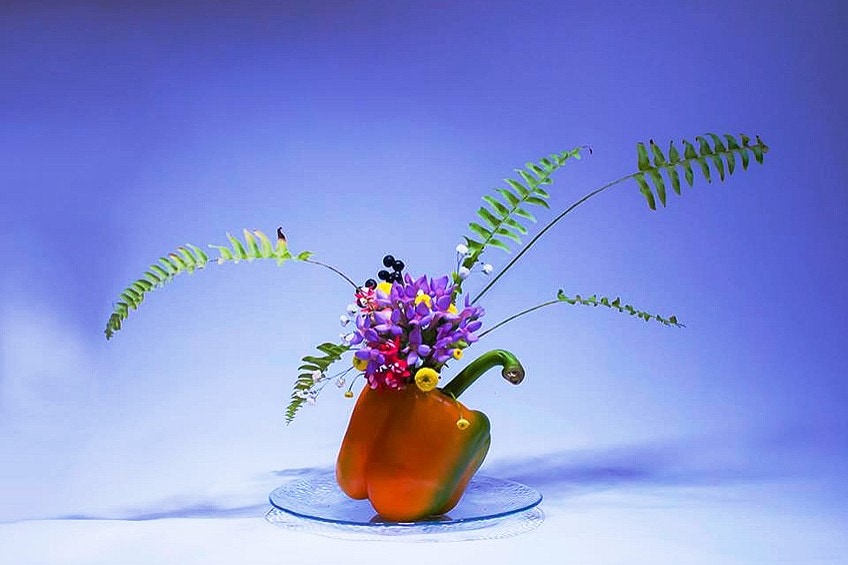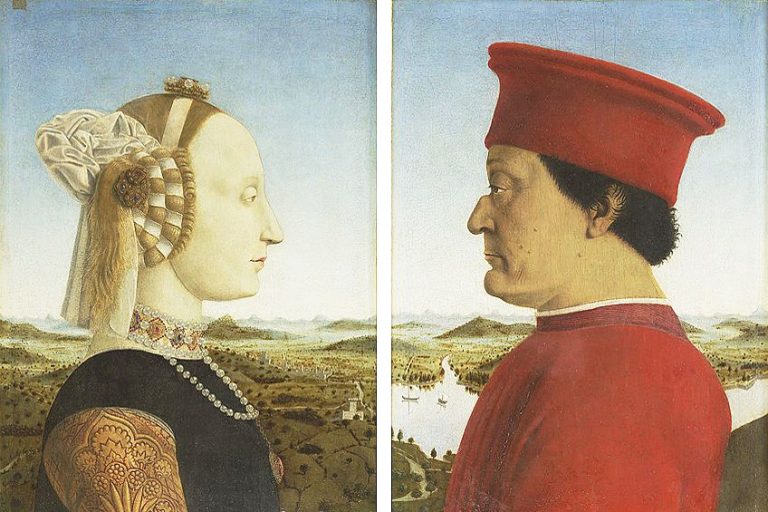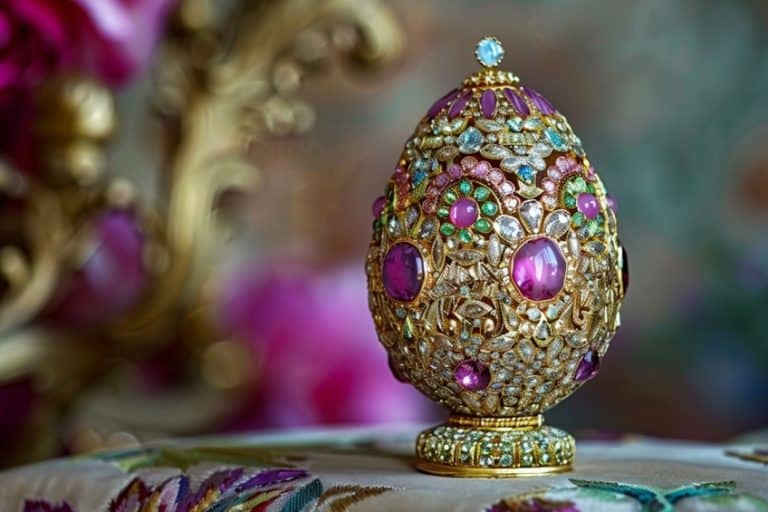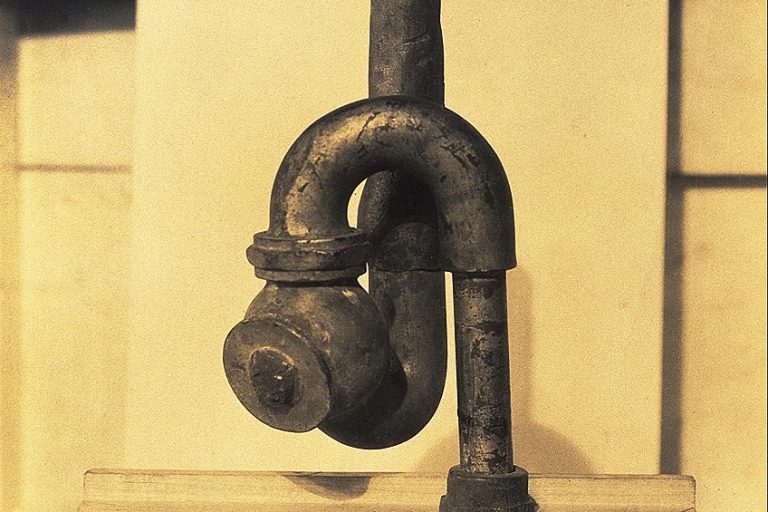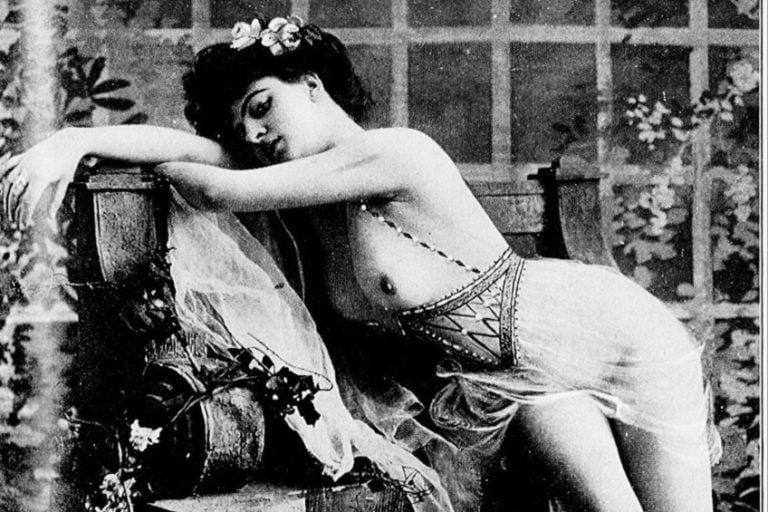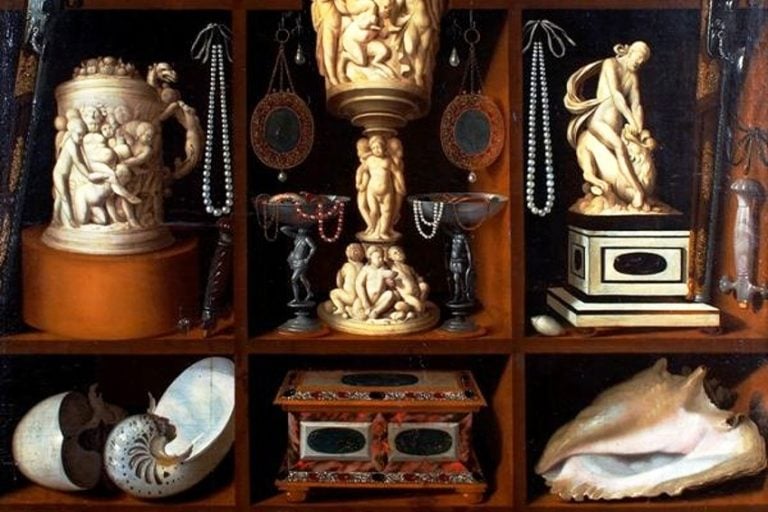Ikebana Art – Learn About the Japanese Art of Flower Arrangement
What is Ikebana art? A simple Ikebana definition could be described as the Japanese art of flower arrangement. Ikebana artists first arose in the Heian era, when Japanese floral art was used as offerings at religious shrines. The Ikebana art of flower arranging reached its apex in the 16th century, thanks to the impact of Buddhist tea masters, and has since expanded throughout the years, with multiple diverse schools still in existence today.
Ikebana Art: The Japanese Art of Flower Arrangement
The nobility introduced the pleasure of examining plants and admiring floral plants all through the four seasons in Japan early in its history. Placing flowers at Buddhist shrines became customary with the arrival of Buddhism.
While the monks were the first to teach floral arranging in China, they only imparted the most basic principles in Japan.
History
For a prolonged period, the art of flower arranging had no purpose and was just the placement of flowers in vases to be used as religious gifts and before ancestor shrines, with no method or significant structure. The original flower displays were created utilizing a method known as shin-no-Hana, which translates as “center flower arrangement.” A massive limb of pine sat in the center, surrounded by three to five seasonable blossoms. These limbs and stalks were placed in vases, with no attempt at artificial curves.
These symmetrical designs initially emerged in religious paintings in the 14th century as the first effort to depict natural surroundings. The enormous tree in the middle symbolized faraway vistas, cherry or plum flowers in the center of the field, and little blossoming plants in the front. These configurations’ lines were referred to as central and sub-center. Scroll pictures and vessels were occasionally placed as art pieces in the Oshita, a predecessor of the tokonoma alcove, and the chigaidana, two-leveled shelves, with the emergence of the shoin-zukuri style building in the Muromachi era.
Flower arrangements in vases were also presented in these areas, which impacted the home interior, which became less complex and more elegant throughout time. The Buddhist altar had three ceremonial objects: candles lighted in containers, a censer, and blossoms in a vase.
The blooms in the vase were fashioned in the traditional technique known as tatehana. Recent historical study shows that the tradition of tatehana, which evolved from a variety of ideologies, combining Buddhist and Shinto Yorishiro concepts, is most likely the genesis of contemporary ikebana in Japan.

Together, they provide the foundation for ikebana’s initial, totally Japanese origination. The skill of flower arrangement evolved slowly, with numerous schools only emerging at the close of the 15th century after a period of civil conflict. Ashikaga Yoshimasa was a supporter of the arts and a leading proponent of the tea ceremony and ikebana art. Yoshimasa would later resign from his role to dedicate his hours to the arts.
He developed ideas that would go on to make contributions to the conceptualization of rules in ikebana, the most important of which was that flowers that were given at all special ceremonies and placed as religious offerings before the deities should not be given messily, but should symbolize consideration and time.
Yoshimasa’s colleagues also made significant contributions to Japanese floral art; a friend of Yoshimasa, the famed painter Sami, devised the notion of symbolizing the three components of heaven, humanity, and earth, from which the rules of arrangements employed today emerged. Along with the tea ceremony and the incense ritual, ikebana enjoyed its greatest growth at Yoshimasa’s Silver Pavilion in Kyoto. Another style of flower arrangement called nageirebana appeared about the same time; nageirebana and rikka are the two categories into which ikebana has been subdivided.
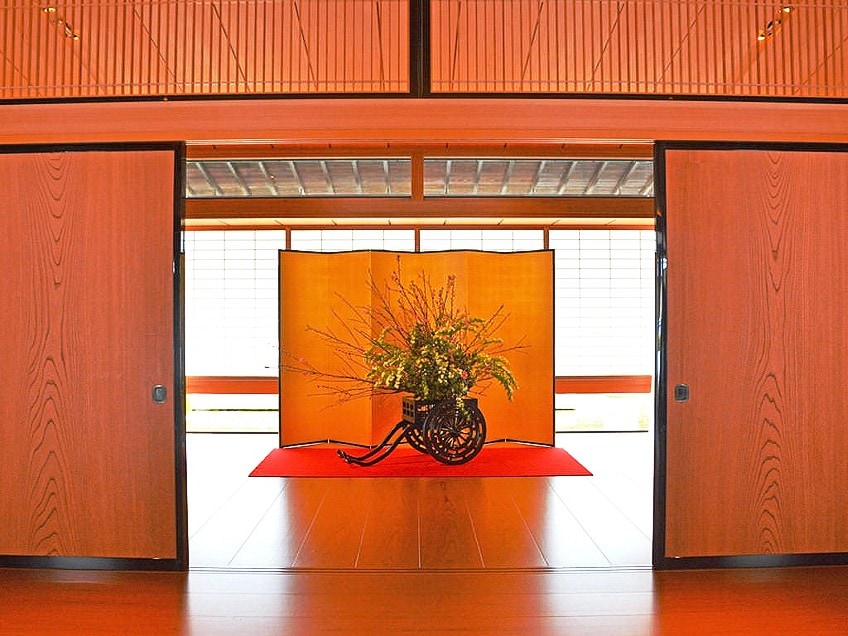
For ages, the prominence of the two types alternated. Initially, rikka was stiffer, more formal, and more ornate, whereas nageirebana was cleaner and more organic. While nageirebana gained prominence in the Higashiyama period, rikka remained relevant, and nageirebana did not completely achieve favor until the Momoyama era, approximately a hundred years after Ashikaga Yoshimasa.
It was around this time that tradition reached its pinnacle and had a significant impact on ikebana, as a tea master was almost certainly also an ikebana master.
After a long and difficult fight for survival as a dependant of rikka, nageirebana broke away, earning independence and its fame in the 16th century for its flexibility of line and inherent beauty. Despite it having begun in the Higashiyama era, both variants reflect the historical periods in which they acquired prominence, with rikka expressing Higashiyama era preferences and nageirebana exhibiting Momoyama era preferences. Rikka fell out of favor during the Momoyama era, but was resurrected in the early Edo period and grew more fashionable than before.
Previously utilized exclusively as chamber ornaments at special ceremonies during the Higashiyama era, rikka was now practiced as a fine craft and regarded as a skill and hobby of the upper classes. Rikka was most popular during the Genroku era. Ikebana art has traditionally been regarded as a noble achievement. The flower arrangement was done by all of Japan’s most known generals, who discovered that it soothed their thoughts and made their judgments on the battlefield clearer; noteworthy army enthusiasts include Toyotomi Hideyoshi, one of Japan’s most renowned commanders.
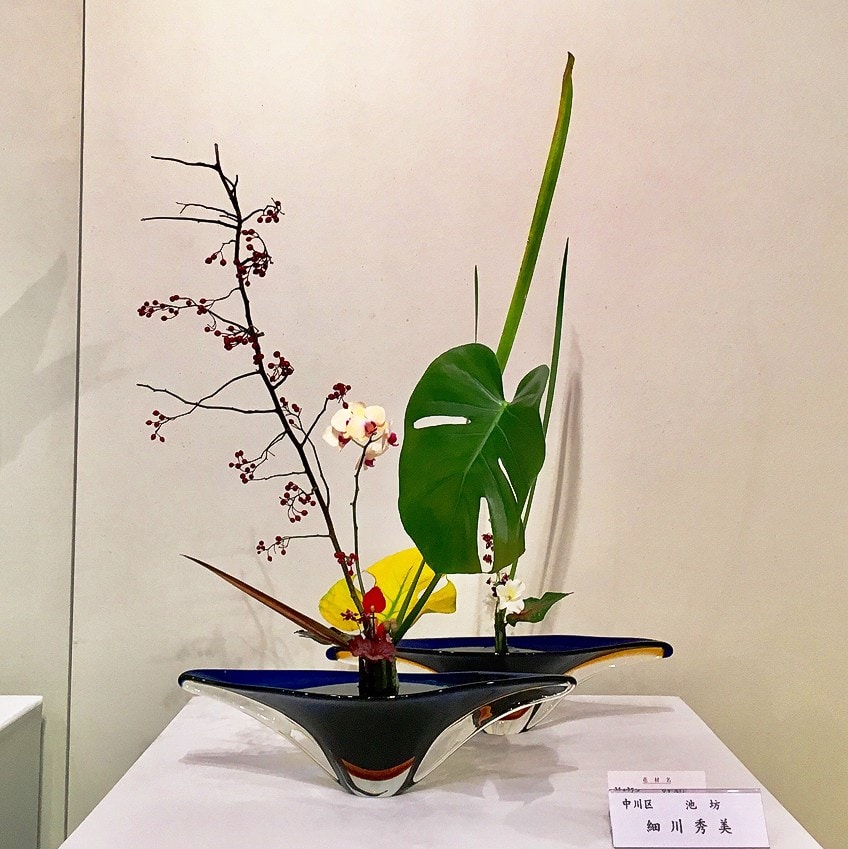
Many publications on the art of flower arranging were produced over the ages, from the Ken’ei to the Genroku periods, all based on Sami’s three-element theory. The earliest of these publications, written in the early Ken’ei period, was a volume entitled Sendensh, which is regarded as one of the most significant manuals for an ikebana learner. There were several additional works describing ikebana, however, few provided explicitly instructional information; rather, these volumes were completely illustrated, recording the art’s progressive progression.
The lines grew convoluted and the shapes pattern-like in the Genroku period, adopting general patterns of great artistic growth and expression within that era; during the Genroku era, all the fine arts were highly advanced, especially pattern-printing for textiles and adornment. Korin, a prominent lacquer craftsman noted for his beautiful patterns, had a big effect on ikebana in the late 17th century.
During this time, the most beautiful and graceful results were achieved by combining a pattern or pattern with lines that reflected the natural development of the plant.
Ikebana art was most popular in the second half of the 17th century when it achieved its pinnacle of excellence as an art form. Even yet, there were rare forays towards unrealistic curves and unnatural presentation methods, causing a change, and nageirebana’s more organic form was resurrected. Until that time, only one type of ikebana was taught at a time, according to the current taste, and suddenly there were competing instructors in both nageirebana and rikka. Rikka peaked in popularity during the Genroku period and subsequently began to fade.
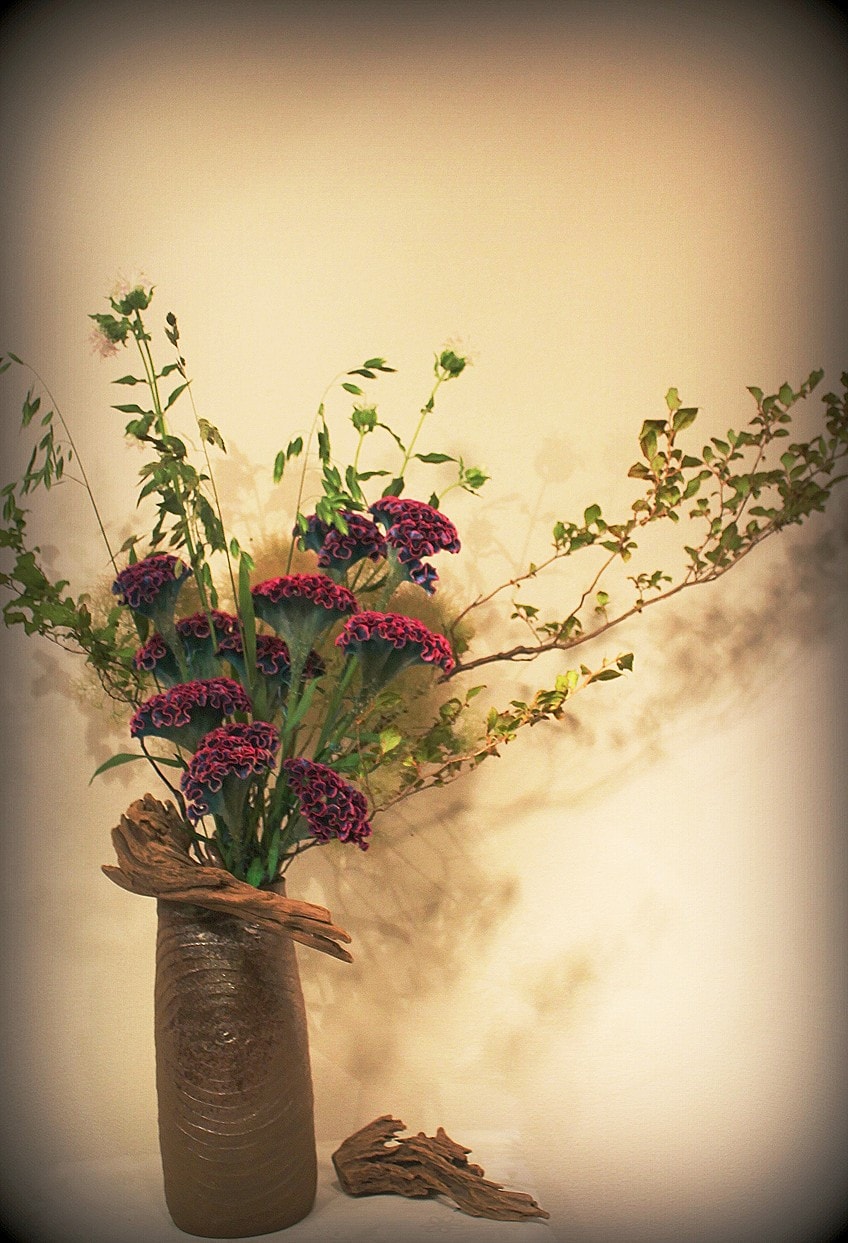
Following the demise of rikka, nageirebana, the forerunner of modern ikebana, increased in strength and popularity. It was no longer known as nageirebana at this point and was renamed ikebana. During the Tenmei period, Japanese floral art gained popularity quickly and acquired tremendous line beauty. Adherents of the art not only freely explored nature but also integrated this understanding with that of rikka, further refining the outcomes of ikebana.
Following the Tenmei period, a more formal and unnatural kind of arranging emerged. This shape follows a set of rules or a paradigm known as “above, humanity, and earthy.”
In many schools, it is referred to as Seika. The most prominent schools currently, such as Ensh-Ry, Ikenob, and Mish-Ry, follow these rules, however, there are many instructors of ikebana in Kyoto and Tokyo who offer the easier forms of Ko-Shin-Ry and Ko-Ri.
Ikebana Artists
Ikebana students and enthusiasts are referred to as kadka. A sensei is a kado instructor. Mokichi Okada, Junichi Kakizaki, and Yuki Tsuji are well-known Japanese practitioners. Tsuji spoke at a TEDx event in March 2015 in Shimizu, Shizuoka, about the connection between ikebana and beauty.
Following the destruction caused by the 2011 massive earthquake in Japan, prominent ikebana specialist Toshiro Kawase came to prominence by publishing photographs of his creations online and gaining a global audience.
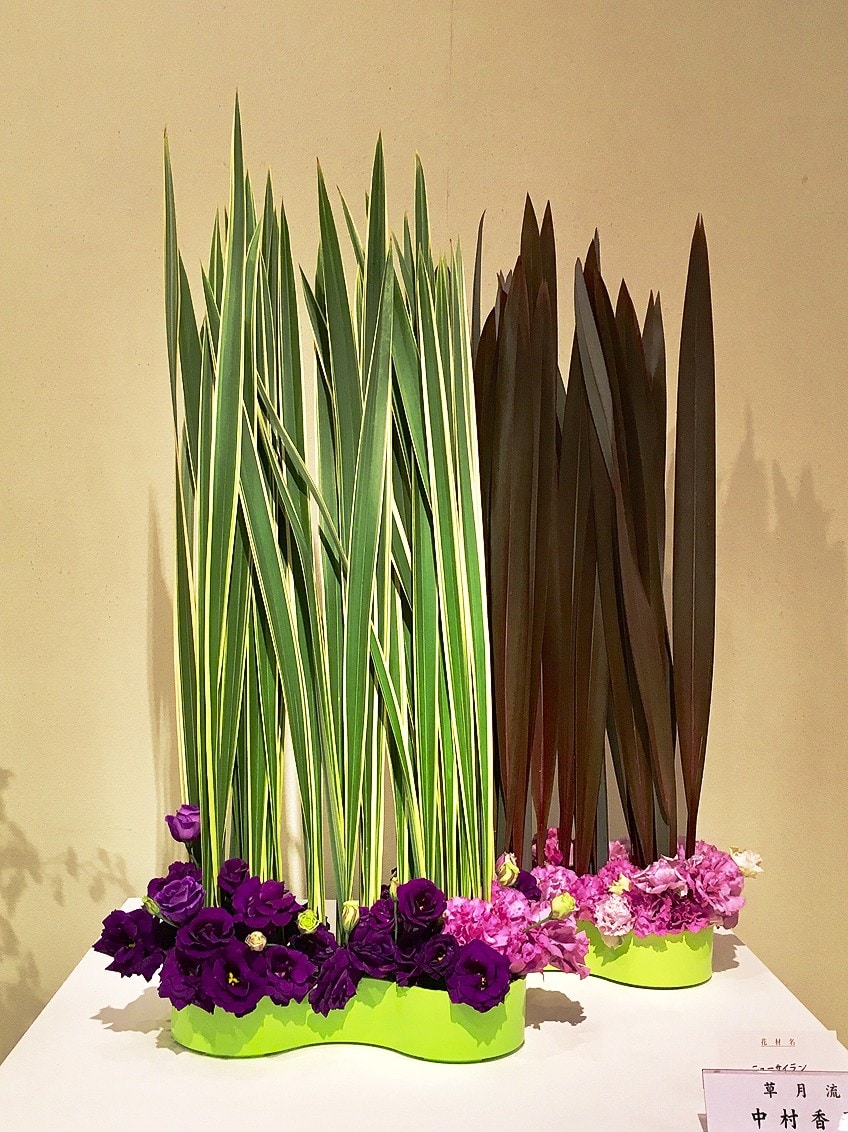
Another enthusiast is Marcia Gay Harden, the actress from Hollywood who began as a youngster while living in Japan and has released an ikebana book featuring her efforts. Her mother was a student of the Sgetsu school.
Theory of the Japanese Art of Flower Arrangement
Flower arranging was naturally infused with Chinese and Buddhist thought because it arrived in Japan from China alongside Buddhism. The Buddhist desire to preserve life is at the heart of much ikebana practice, and it has generated most of the principles of the art of flower arranging, as well as dictating the forms of the flower containers, which are fashioned in such a way that they aid to extend the life of the flowers.
It is also vital to examine the container as more than just a vessel for the flowers. The water’s surface is constantly visible, as is the planet’s surface, from which the flower cluster emerges. This contributes to the illusion of a whole plant growing as closely as feasible in its natural environment.
Ikebana art is more than just arranging flowers in a vase; it is a rigorous art form that brings nature and humans together. In contrast to the notion of a multicolor arrangement of blooms, ikebana frequently accentuates other parts of the plant, such as its leaves and stems, and stresses form, lines, and shape.
Though ikebana art is an articulation of creative expression, certain guidelines cover its structure, such as the concept of good versus bad luck in the choice of materials and form of arrangement. The idea of hanakotoba is the Japanese version of flower vocabulary, in which plants are given special encrypted connotations based on the color of the blossoms, the occurrence of thorns within the stature of tall plants, the mixture of flowers used in wreaths, and the various kinds of blossoms themselves, among other variables.
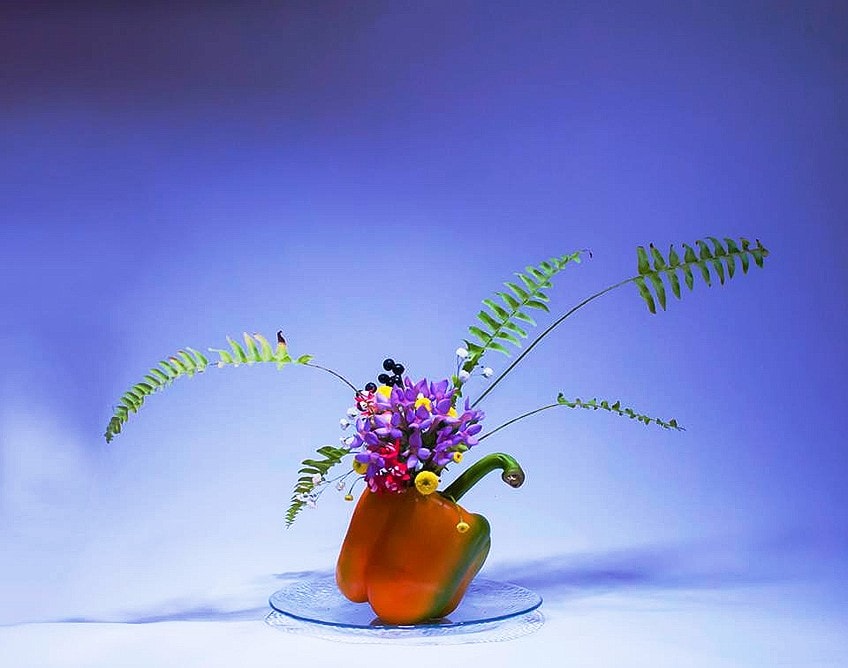
Some flower colors, for example, are deemed unlucky. Red flowers are unsuitable for funerals not just because of their sad implications, but also because crimson is said to represent the red flame of fire. An odd quantity of flowers is considered auspicious, but even numbers are considered unlucky and hence undesired and are never used in Japanese floral art arrangements. Using odd numbers, equilibrium and fair balance are disregarded, which is a trait that is rarely found naturally and, from a Japanese perspective, is never appealing in the art of any kind.
These reflect the artist’s goal behind each arrangement by using color combinations, natural forms, beautiful lines, and the implicit emotive significance of the layout without the need for words to create a distinct sense of nature. In contrast to the Western concept of the art of flower arranging, where the flowers are already in blossom before being delivered, all floral arrangements given as presents are presented with the blossoms in the bud, so that the individual to whom they are given can enjoy the delight of witnessing them open.
There is no event that cannot be conveyed by the arrangement of the flowers.
For example, leaving home can be declared by an extraordinary flower arrangement; auspicious items, such as willow strands, are used to imply wishes for a long, happy life and are specially used for arrangements used to indicate a splitting, with the size of the branch denoting a return home from a difficult trip, especially if an offshoot is made to produce a continuous circle.
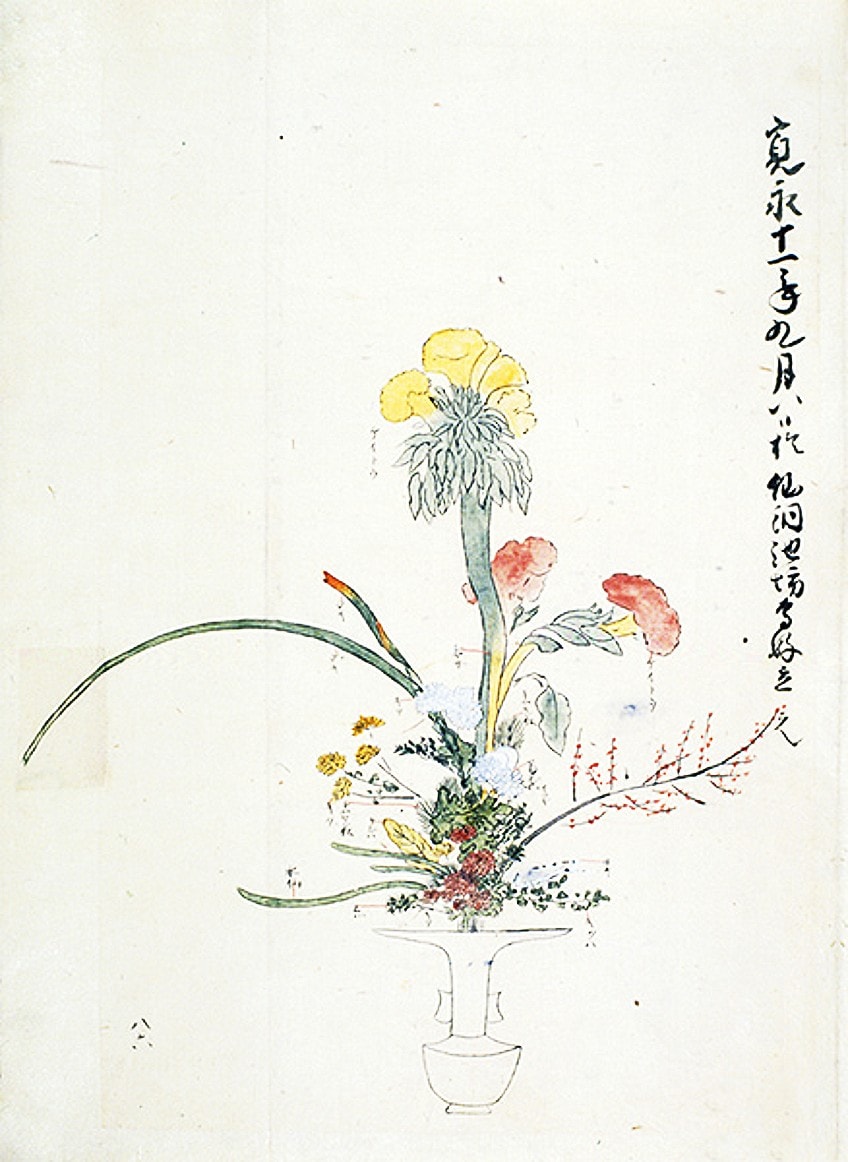
White flowers are used for housewarming because they represent water to extinguish a fire; old Japanese dwellings, which were nearly entirely composed of wood, were particularly prone to fire, with everything except the roof being combustible. To commemorate an inheritance, all types of evergreen flora or chrysanthemums, or other long-lived blossoms, can be used to convey the impression that the riches or goods would last forever.
There are also preparations for sorrowful times. A funeral floral arrangement is often composed of white flowers with some decaying leaves and branches placed to convey calm. Another prevalent, although not exclusive, feature of ikebana is the use of minimalism. Some arrangements may have only a few flowers dispersed amid the stalks and leaves.
The construction of certain Japanese floral art is based on a scalene triangle demarcated by three major points, generally, twigs, which are thought to represent the heavens, humanity, and the planet.
These phrases are only used in a few schools and are not common in more traditional institutions. The conventional rikka form, which adheres to other rules, is a significant exception. The container may be an important part of the composition, and it can be made in a variety of ceramic styles. In some institutes, the container is just considered a vessel for holding water and should be subservient to the arrangement. Flower arrangements represent the seasons as well, with flowers arranged differently depending on the time of year.
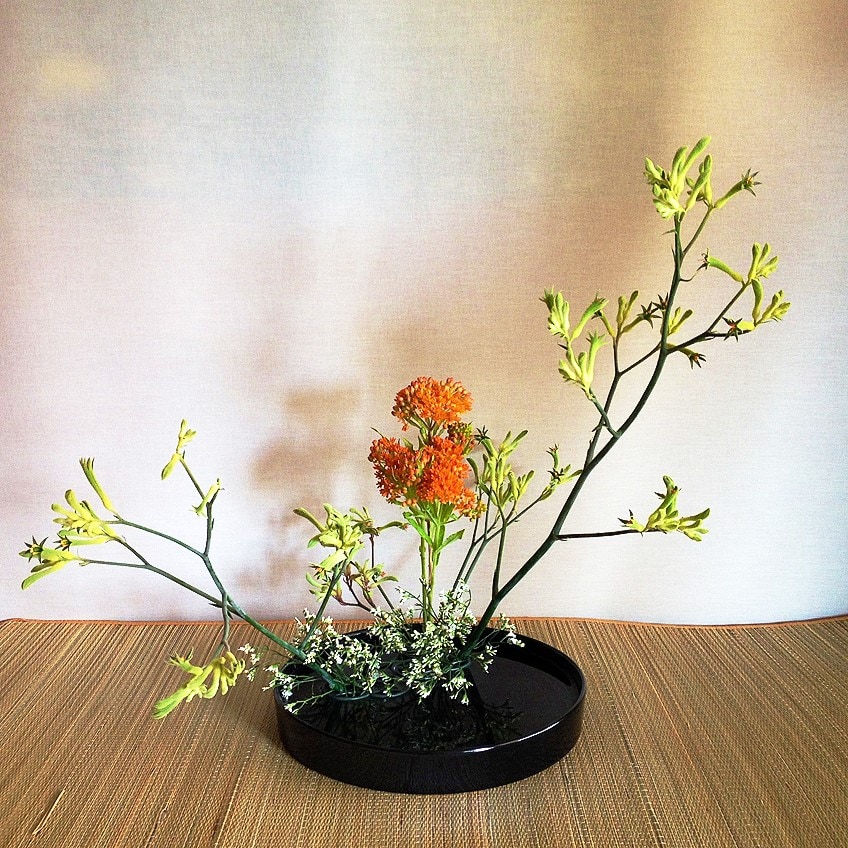
In March, for example, when strong winds dominate, the peculiar bends of the branches give the appearance of powerful winds. Low, broad floral containers are employed in the summer, where the visually prominent water makes a cooler and more invigorating presentation than upright vases. Ikebana practitioners place a high value on the spiritual part of the practice.
Some practitioners believe that quiet is required while making a floral arrangement, while others believe that it is not, however, both sides generally concur that flower arranging is a time to enjoy parts of nature that are often neglected in daily life.
It is thought that flower arranging practice leads to a person being more patient and accepting of diversity in nature and in life, giving relaxation to the mind, body, and spirit, and enabling an individual to connect with elegance in all art forms.
Plants are very significant in the Japanese Shinto faith. Yorishiro are celestial spirits summoned to items. Evergreen plants are a traditional New Year’s adornment, set in pairs in front of dwellings to welcome ancestor deities or kami of the crop.
Styles
Ikebana was once quite basic, consisting of simply a few flower stalks and evergreen branches. Kuge was the name given to the original form of ikebana. Designs and fashions developed, and by the late 15th century, arrangements were popular enough to be admired by regular folk rather than just the royal house and its servants, with ikebana styles changing through time, making the discipline into an art form with defined instructions.
The original styles had a tall, erect primary stem surrounded by two shorter stems.
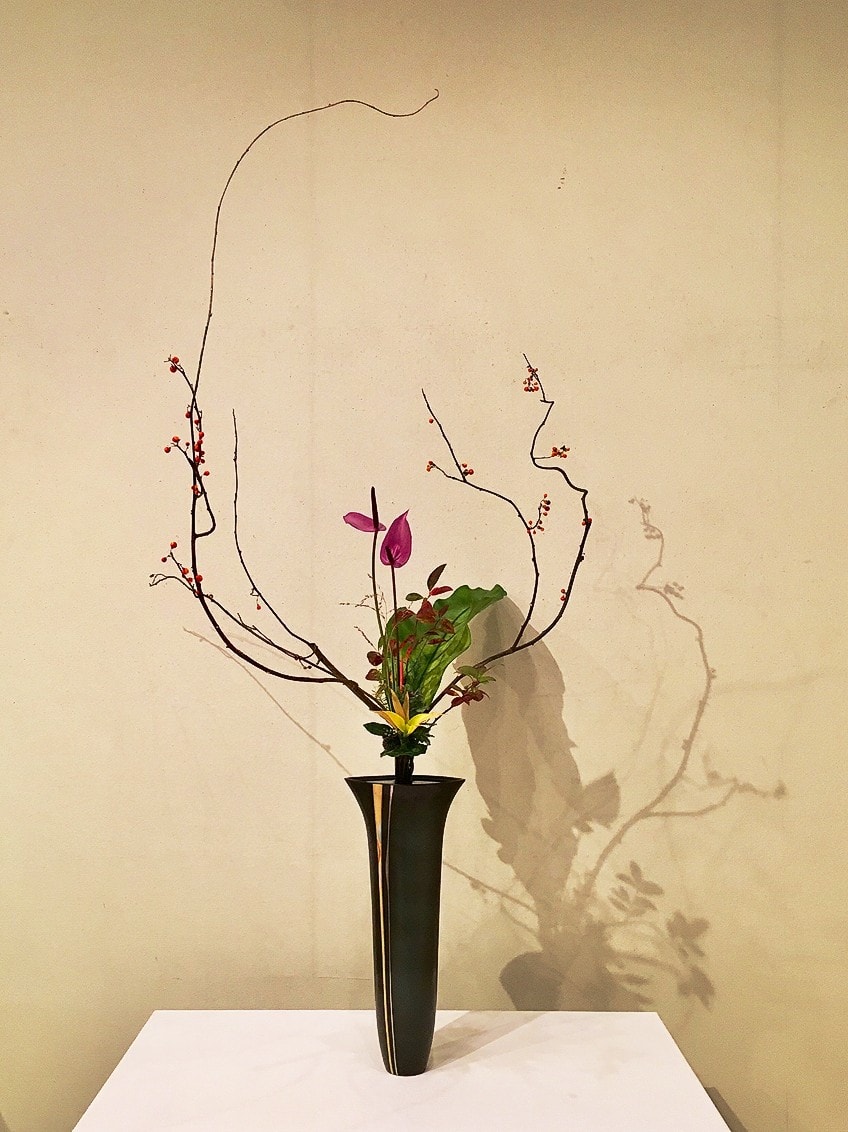
Several magnificent castles were built during the Momoyama period (1560 – 1600), with nobility and royal attendants creating massive, ornate rikka flower arrangements that were deemed proper castle décor. The rikka style evolved as a Buddhist depiction of landscapes’ beauty. The nine branches that reflect natural elements are fundamental to this design. Suna-no-mono is one of the rikka arrangement styles. When the tea ceremony first appeared, another form used for tea ceremony rooms called chabana was established. This design is the opposite of Momoyama’s, emphasizing rustic minimalism.
Chabana is not an ikebana form, but rather a distinct one. The chabana’s minimalism aided in the development of the nageirebana, or “thrown-in” form.
Vessels
There are many different types of flower arrangement containers. They are generally regarded as not only attractive in form, substance, and design, but also as being intended to suit the function to which they would be put, so that a flower may always be placed in a suitable receptacle, and most often in one specifically created for that particular type of bloom. The Japanese are mainly interested in the design of a vase that will best preserve the lifespan of flowers.
As a result, vases are wide open at the mouth because, unlike in Western flower arranging, they believe that the oxygen entering through the neck opening is just as important to the flower as the oxygen it obtains straight from the water; thus, the water remains sweeter for much longer durations than in small-necked vessels. There are several concepts associated with these receptacles.

Hanging vases, for example, sprang from the belief that flowers provided by a respected friend should not be positioned in a location where they may be gazed upon, therefore they were lifted and hung. The wide, spherical surface on top of hanging bamboo vases is intended to mimic the moon, and the opening for the nail is meant to symbolize a star. The incision or aperture below the top is known as fukumuki, which translates as “wind pulling through a location.”
Aside from providing diversity in the shape of containers, the low, flat vases, which are more commonly employed in the summer than the winter, allow you to organize plants of bulbous and water growth in normal settings. In terms of color, soft pastel tones are widespread, and bronze pots are very popular. To the Japanese, the hue bronze is most reminiscent of earth, and so most suited to enhance the splendor of flowers.
That wraps up our look at the Japanese art of flower arrangement. Flower arranging was naturally imbued with Chinese and Buddhist philosophy when it came to Japan from China along with Buddhism. Ikebana art was originally rather basic, consisting of simply a few flower stalks and evergreen stems. Ikebana artists strove to create beautiful works of Japanese floral art that would serve many functions.
Take a look at our Japanese flower arrangement webstory here!
Frequently Asked Questions
What Is Ikebana Art?
Ikebana artists emerged during the Heian era when Japanese flower art was employed as religious gifts at temples. Thanks to the influence of Buddhist tea masters, the Ikebana art of flower arrangement reached its pinnacle in the 16th century. It has since grown, with several schools continuing in existence today.
What Is the Ikebana Definition?
Ikebana is the Japanese art of flower arrangement, according to its basic definition. The joy of inspecting plants and admiring flowers throughout the four seasons was introduced to Japan by the nobles early on. With the emergence of Buddhism, it became common to place flowers in Buddhist sanctuaries. In China, monks were the first to teach flower arrangement, but in Japan, they merely taught the fundamentals.
Isabella studied at the University of Cape Town in South Africa and graduated with a Bachelor of Arts majoring in English Literature & Language and Psychology. Throughout her undergraduate years, she took Art History as an additional subject and absolutely loved it. Building on from her art history knowledge that began in high school, art has always been a particular area of fascination for her. From learning about artworks previously unknown to her, or sharpening her existing understanding of specific works, the ability to continue learning within this interesting sphere excites her greatly.
Her focal points of interest in art history encompass profiling specific artists and art movements, as it is these areas where she is able to really dig deep into the rich narrative of the art world. Additionally, she particularly enjoys exploring the different artistic styles of the 20th century, as well as the important impact that female artists have had on the development of art history.
Learn more about Isabella Meyer and the Art in Context Team.
Cite this Article
Isabella, Meyer, “Ikebana Art – Learn About the Japanese Art of Flower Arrangement.” Art in Context. April 21, 2022. URL: https://artincontext.org/ikebana-art/
Meyer, I. (2022, 21 April). Ikebana Art – Learn About the Japanese Art of Flower Arrangement. Art in Context. https://artincontext.org/ikebana-art/
Meyer, Isabella. “Ikebana Art – Learn About the Japanese Art of Flower Arrangement.” Art in Context, April 21, 2022. https://artincontext.org/ikebana-art/.


